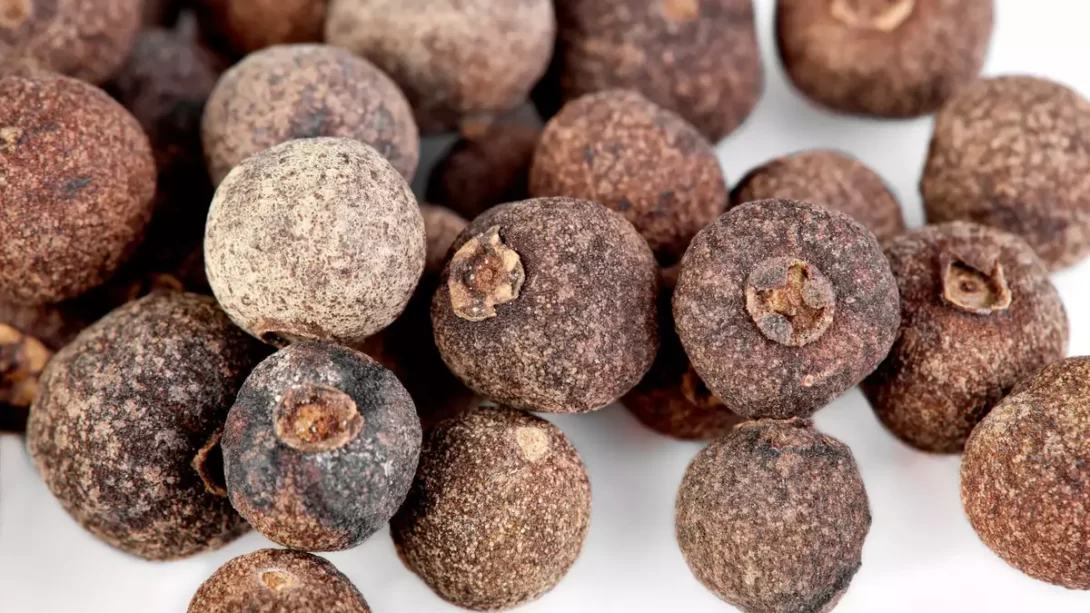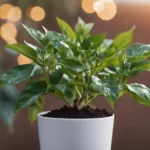Pimento seeds, often recognized for their distinct flavor and culinary versatility, play a significant role in various global cuisines. Known for their unique taste, these seeds are an integral ingredient in many traditional dishes and spice blends. This article aims to delve into the multifaceted world of pimento seeds, exploring their origins, characteristics, and uses.
Origin and Historical Background
Pimento seeds originate from the Pimenta dioica plant, native to the Caribbean, Central America, and parts of South America. Historically, they have been a staple in the culinary practices of these regions, valued for their rich flavor and aromatic properties. The use of pimento seeds dates back centuries, with evidence suggesting their use in traditional cooking and as a part of indigenous rituals and medicine.
Botanical Description of Pimento
The pimento plant is a tropical evergreen tree that belongs to the Myrtaceae family. It grows up to 30 feet tall and produces small, white flowers. The seeds, commonly referred to as pimento or allspice, are obtained from the unripe fruit of the tree. These berries are typically pea-sized, green when unripe, and turn a brownish-red color upon drying. Each berry contains one or two small, dark brown seeds that are the source of the spice’s distinctive flavor.
Flavor Profile and Culinary Uses
Pimento seeds are renowned for their complex flavor profile, often described as a combination of cinnamon, nutmeg, cloves, and pepper. This unique blend of flavors makes them a versatile ingredient in both sweet and savory dishes. In the culinary world, pimento seeds are used whole, crushed, or ground into a fine powder. They are a key component in Caribbean jerk seasoning, Middle Eastern cuisine, and in the preparation of various spice mixes, marinades, and rubs.
Nutritional Value of Pimento Seeds
Pimento seeds are not only valued for their unique taste but also for their nutritional benefits. They are a rich source of vitamins, particularly vitamin C, vitamin A, and niacin (vitamin B3). Additionally, pimento seeds contain essential minerals such as potassium, magnesium, and iron. These nutrients contribute to various health benefits, including boosting the immune system, improving digestion, and aiding in the maintenance of healthy skin and bones. The seeds also have antioxidant properties, which help in combating oxidative stress and inflammation in the body.
Pimento Seeds in Various Cuisines
Pimento seeds have a profound influence on various global cuisines, adding warmth and depth to dishes. In Caribbean cooking, they are a key ingredient in the iconic jerk seasoning, used to marinate meats and fish. In Middle Eastern cuisine, pimento seeds are often incorporated into spice blends like baharat, enhancing the flavor of stews and grilled meats. In European cuisine, particularly in the Mediterranean region, they are used in pickling, baking, and to season a variety of traditional dishes.
Cultivation and Harvesting
The cultivation of pimento plants requires a tropical or subtropical climate, with adequate rainfall and well-drained soil. The trees start bearing fruit about three to four years after planting. Harvesting of the pimento berries is typically done by hand when they are green and unripe, as this is when the flavor is most concentrated. After harvesting, the berries are dried, either naturally in the sun or using dehydrators. The drying process turns the berries a brownish-red color, and they are then either sold whole or ground into a powder.
Pimento Seeds in the Global Market
Pimento seeds have a significant presence in the global spice market, thanks to their wide-ranging culinary uses. They are exported from their native regions to various parts of the world, finding a place in international cuisine, spice blends, and even in the cosmetic and pharmaceutical industries. The demand for high-quality pimento seeds can pose challenges in production, particularly in ensuring consistent flavor and aroma, which are influenced by growing conditions and post-harvest processing methods. Sustainable farming practices and fair trade policies are essential in maintaining the balance between demand and the well-being of the communities involved in pimento cultivation.
Challenges in Production and Distribution
One of the main challenges in the production of pimento seeds is the dependency on specific climatic conditions, limiting their cultivation to certain regions. Additionally, the hand-harvesting process can be labor-intensive. In terms of distribution, preserving the freshness and flavor of the seeds during transportation is crucial. Fluctuations in global demand can also impact the market, affecting both prices and availability.
Conclusion
Pimento seeds, with their unique flavor profile and rich cultural history, are a fascinating and versatile spice. From their nutritional benefits to their prominent role in global cuisines, pimento seeds have proven to be more than just a culinary delight. Their cultivation and harvesting require careful attention to preserve their distinctive taste and aroma. As a staple in spice racks around the world, pimento seeds continue to enchant chefs and food enthusiasts alike. Whether used in traditional Caribbean jerk seasoning or as a part of exotic spice blends, pimento seeds undoubtedly add a dash of warmth and complexity to any dish they grace. For those looking to explore new flavors and expand their culinary horizons, pimento seeds offer a world of possibilities.



